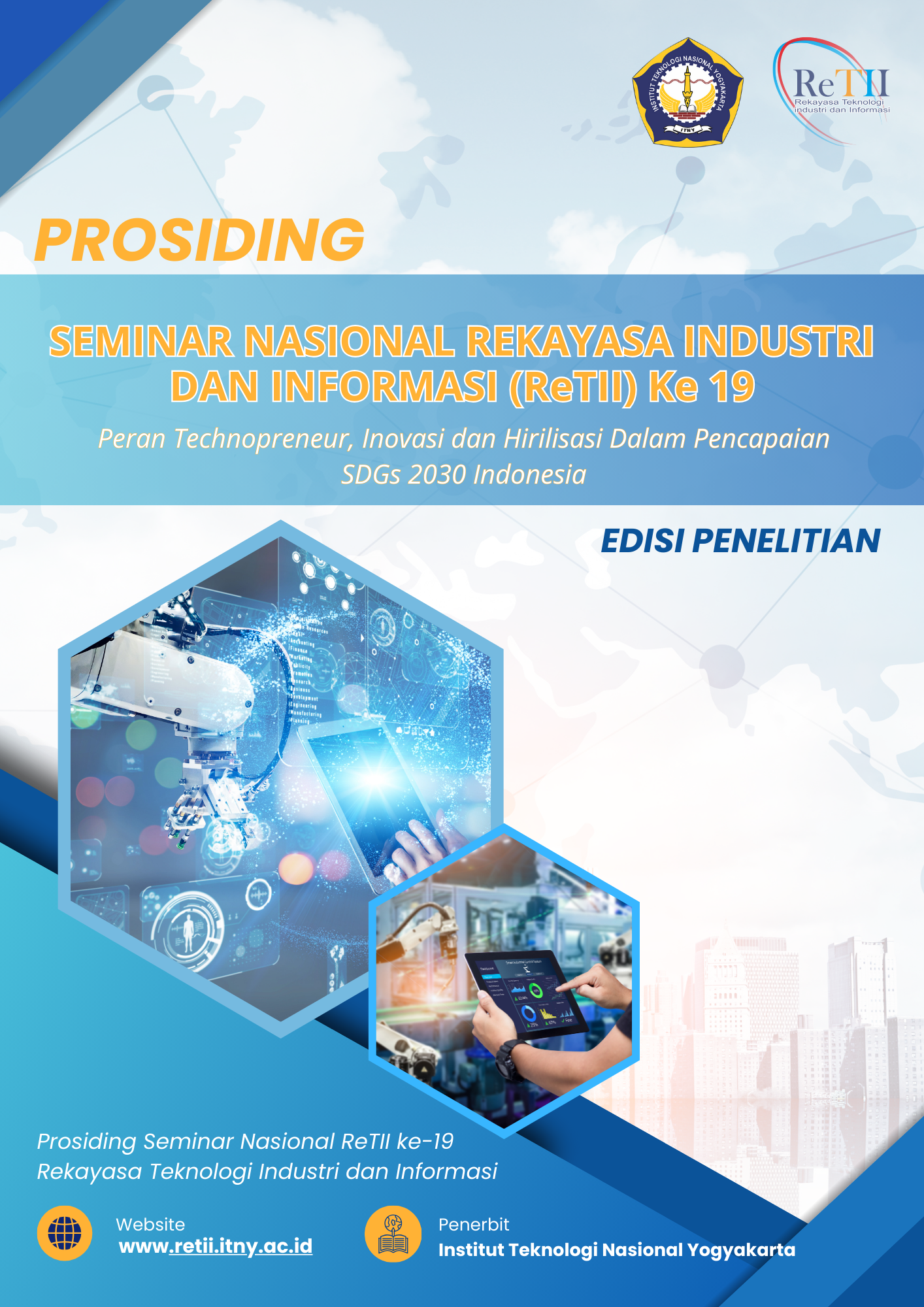Geologi dan Studi Provenance Batupasir Formasi Bentang di Daerah Luyubakti dan Sekitarnya, Kecamatan Puspahiang, Kabupaten Tasikmalaya, Provinsi Jawa Barat
Keywords:
Luyubakti, Geological Mapping, Lithostratigraphy, ProvenanceAbstract
The research area is administratively located in the Luyubakti area, Puspahiang District, Tasikmalaya Regency, West Java Province. Geographically located at the coordinates of 7°29'47.85†N - 7°24'56.43†LS and 108°4'33.32“ BT - 108°7'50.75†BT. The purpose of this research is to determine the geological conditions and composition of sandstones of the Bentang Formation in relation with the determination of provenance. The method used is mapping with the concept of lithostratigraphy and petrographic analysis in calculating the sedimentary mineral composition. The results of provenance analysis show that the sandstones of the Bentang Formation in the study area have three main sources of sediment supply in the Bentang Formation, namely Continental Block, Magmatic Arc, and Recycle Orogen.
References
S. Boggs, “Principle of Sedimentology and Stratigraphy,” 2nd edition, London: Pearson Prentice Hall. 2006.
S. Dickinson, “Plate Tectonics and Sandstone Composition,” AAPG Bulletin, vol. 63, pp. 2164-2182, 1979.
S. M. McLennan, S. R. Taylor, M. T. McCulloch, dan J. B. Maynard, “Geochemical and Nd Sr Isotopic Composition of Deep-Sea Turbidites: Crustal Evolution and Plate Tectonic Associations,” Geochimica et Cosmochimica Acta, vol. 54, no. 7, pp. 2015-2050, 1990. doi: https://doi.org/10.1016/0016-7037(90)90269-Q
S. Boggs, “Petrology of Sedimentary Rocks,” New York: Macmillan Publishing Co, 1992.
F. J. Pettijohn, “Sedimentary Rocks,” 3rd ed, New York: Harper & Row Publishing Co 628h, 1975.
Dickinson, “Interpreting Provenance Relations from Detrital Modes of Sandstone,” D. Reidel Publishing Company, 1985.
R. V. Ingersoll dan C. A. Suczek, “Petrology and Provenance of Neogene Sand from Nicobar and Bengal Fans, DSDP Sites 211 and 218,” Jurnal Sediment Petrol, vol. 49, no. 4, pp. 1217-1228, 1979. doi: https://doi.org/10.1306/212F78F1-2B24-11D7-8648000102C1865D
T. Budhistrina, “Geologi Lembar Tasikmalaya, Jawa Barat,” Bandung : Pusat Penelitian dan Pengembangan Geologi, Jenderal Geologi dan Sumberdaya Mineral, 1986.
S. Martodjojo, “Evolusi Cekungan Bogor-Jawa Barat,” Disertasi Doktor, Fakultas Pasca Sarjana, Institut Teknologi Bandung, Bandung, 1984.
R. A. van Zuidam dan F. I. van Zuidam-Cancelado, “Terrain Analysis and Classification Using Aerial Photographs: A Geomorphological Approach,” international Institute for Aerial Survey and Earth Sciences, 1979.
S. Martodjojo dan A. Pulunggono, “The Tectonic Changes DuringPaleogene- Neogene was the Most Important Tectonic Phenomenon in Java Island,” In Proceedings of the Seminar on Geology and Tectonics of Java Island, from the Late Mesozoic to Quaternary, Yogyakarta, 1994, pp. 1-14.
F. Hilmi dan I. Haryanto, “Pola Struktur Regional Jawa Barat,” Bulletin of Scientific Contribution. vol. 6, no. 1, pp. 57-66, 2008.
N. Djauhari, “Geologi lingkungan,” Yogyakarta: Graha Ilmu, 2006.
S. Martodjojo dan Djuhaeni, “Sandi Stratigrafi Indonesia,” Jakarta: Ikatan Ahli Geologi Indonesia, 1996.
F. Chayes, “The Theory of Thin-Section Analysis,” The Journey of Geology, vol. 62, no. 1, pp. 92-101, 1949.
Downloads
Published
How to Cite
Issue
Section
License
Prosiding ini memberikan akses terbuka langsung ke isinya dengan prinsip bahwa membuat penelitian tersedia secara gratis untuk publik mendukung pertukaran pengetahuan global yang lebih besar.
Semua artikel yang diterbitkan Open Access akan segera dan secara permanen gratis untuk dibaca dan diunduh semua orang.


